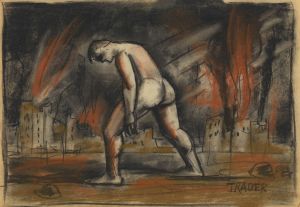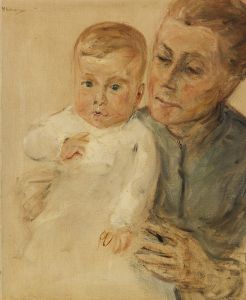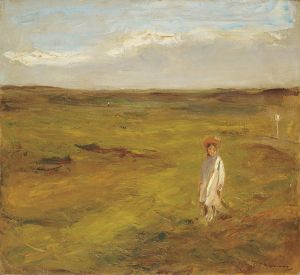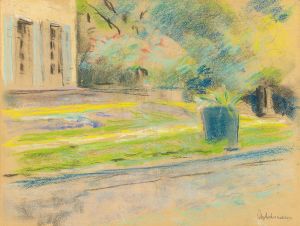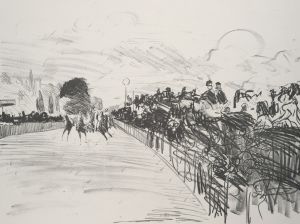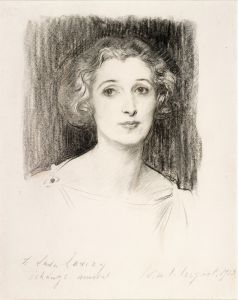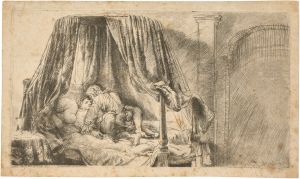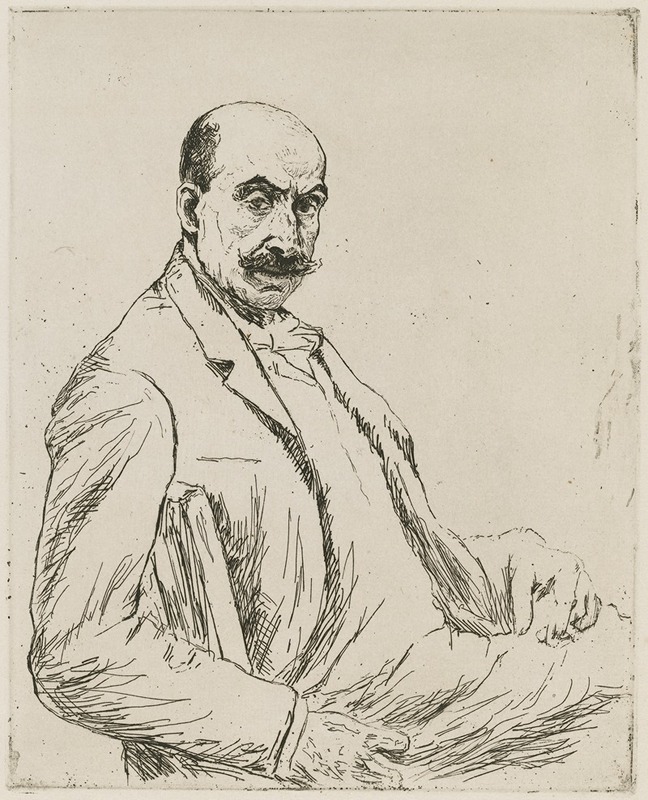
Self-Portrait
A hand-painted replica of Max Liebermann’s masterpiece Self-Portrait, meticulously crafted by professional artists to capture the true essence of the original. Each piece is created with museum-quality canvas and rare mineral pigments, carefully painted by experienced artists with delicate brushstrokes and rich, layered colors to perfectly recreate the texture of the original artwork. Unlike machine-printed reproductions, this hand-painted version brings the painting to life, infused with the artist’s emotions and skill in every stroke. Whether for personal collection or home decoration, it instantly elevates the artistic atmosphere of any space.
Max Liebermann was a prominent German painter and printmaker, associated with the Impressionist movement. He was a leading figure in the Berlin Secession and played a significant role in the development of modern art in Germany. Among his extensive body of work, Liebermann created several self-portraits throughout his career, which provide insight into his artistic evolution and personal identity.
Liebermann's self-portraits are notable for their introspective quality and technical proficiency. They reflect his interest in capturing the essence of his own character and the passage of time. His self-portraits often exhibit a contemplative expression, showcasing his deep engagement with the art of portraiture and his own self-perception.
One of Liebermann's self-portraits, painted in the later years of his life, exemplifies his mature style. This work is characterized by loose brushwork and a subtle palette, typical of his Impressionist influence. The painting reveals Liebermann's skill in rendering the textures of skin and fabric, as well as his ability to convey the psychological depth of his subject—himself. The self-portrait is not merely a reflection of his physical appearance but also an exploration of his inner world and artistic identity.
Throughout his career, Liebermann was influenced by various artistic movements and styles, which is evident in his self-portraits. Initially, his work showed the influence of Realism, but as he matured, he embraced the techniques and sensibilities of Impressionism. This transition is visible in the way he handled light and color in his self-portraits, moving towards a more spontaneous and expressive approach.
Liebermann's self-portraits also serve as a testament to his resilience and dedication to his craft, especially during challenging times. As a Jewish artist in Germany, he faced significant adversity, particularly during the rise of the Nazi regime. Despite these challenges, Liebermann continued to paint and contribute to the art world, and his self-portraits from this period reflect a sense of defiance and perseverance.
In addition to their artistic significance, Liebermann's self-portraits hold historical value. They offer a glimpse into the life of an artist who witnessed and participated in significant cultural and political changes in Germany. His self-portraits are not only personal reflections but also documents of an era marked by transformation and turmoil.
Max Liebermann's self-portraits remain an essential part of his legacy, celebrated for their artistic merit and historical importance. They continue to be studied and admired for their ability to convey the complexity of the artist's identity and the broader context of his time. Through these works, Liebermann has left an indelible mark on the history of art, providing future generations with a window into his life and the world he inhabited.






